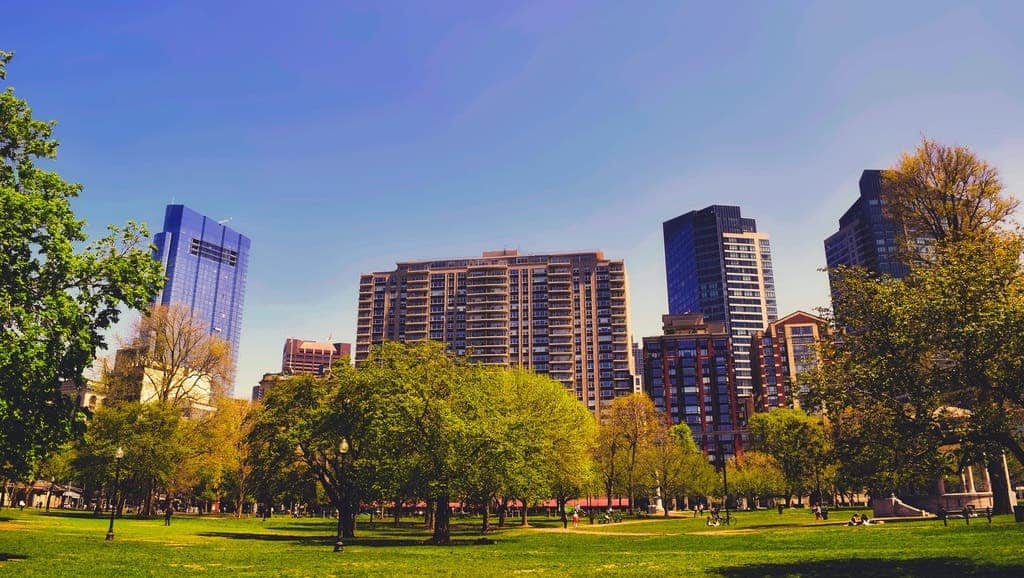With 70% of the global population expected to live in urban centers by 2030, urban green areas are becoming increasingly important for our future wellbeing. Urban trees can make a big difference in mental and physical health, climate control, and flood prevention. But their ecosystem services can be largely affected by insect pests — and insect pests are on the rise.

In a new study, researchers at McGill University and North Carolina State University, working with the USDA Forest Fire Service Southern Research Station, estimated that 1.4 million street trees in the United States will be affected by invasive insects over the next 30 years. This could generate a cost of over $900 million to replace the trees.
“These results can hopefully provide a cautionary tale against planting a single species of tree throughout entire cities, as has been done with ash trees in North America,” Emma Hudgings, lead author of the study and McGill researcher, said in a statement. “Many cities continue to plant what are essentially monoculture urban forests.”
The threat of insect pests
Hundreds of species of forest insects are native to the US. But there are also plenty of invasive species that are spreading fast and causing major economic and ecological problems. Urban trees suffer the brunt of the damage caused by insect pests in the US, especially with highly susceptible tree species such as ash trees (Fraxinus spp). Researchers are closely monitoring this process so they can take steps to fight it.
Recent advances in modeling and increased data availability allow direct estimates of spread for every insect species as well as host prevalence and mortality for every tree species in every community. With this in mind, researchers combined models of street tree populations in 30,000 urban areas with spread predictions for 57 insect species.
They forecasted 1.4 million trees deaths in the next 30 years, 90% of which will be caused by the emerald ash borer (Agrilus planipennis) – expected to kill almost every ash tree in over 6000 urban areas. The emerald ash borer (Agrilus planipennis) is native to north-eastern Asia, but has been in the US for at least 20 years, and possibly over 40 years. Without its natural predators or any mechanisms to suppress it, pests like the emerald ash borer can spread out of control and cause drastic damage.
Impacts won’t be evenly spread across the US, with a quarter of the analyzed urban centers set to experience 95% of all tree mortality. Some of the hotspots will be New York, Chicago, and Milwaukee, areas with a lot of ash trees and in the recent or near-future path of the emerald ash borer. Other insect species that haven’t arrived in the US yet may cause further problems, especially Asian word boring insects such as the citrus long-horned beetle (Anoplophora chinensis).
While the findings are specific to the US, the researchers expect many of the same invasive insect species to also impact urban trees in neighboring countries. In Canada, for example, the emerald ash borer arrived by spreading across the border with the US. Cities like Montreal are already losing most of their ash trees, Hudgins said in a statement. In Europe and Asia, other invasive species could do similar damage
Trees are an important part of the urban environment and provide a wide array of benefits, from cooling streets to carbon capture. However, human activity such as trade and travel expose trees to a larger number of invasive species. For the researchers, the findings highlight the importance of early-detection efforts for insect species.
“Urban trees do a variety of wonderful things – they keep cities cool, they take the sting out of heavy downpours, they are good for biodiversity and they even make people happier,” Jane Memmott at the University of Bristol, not involved in the study, said in a statement. “Unless we plant a variety of tree species in our cities, urban trees are seriously at risk from invasive pests.”
The study was published in the Journal of Applied Ecology.


